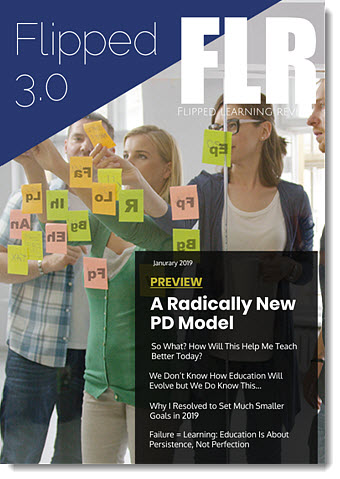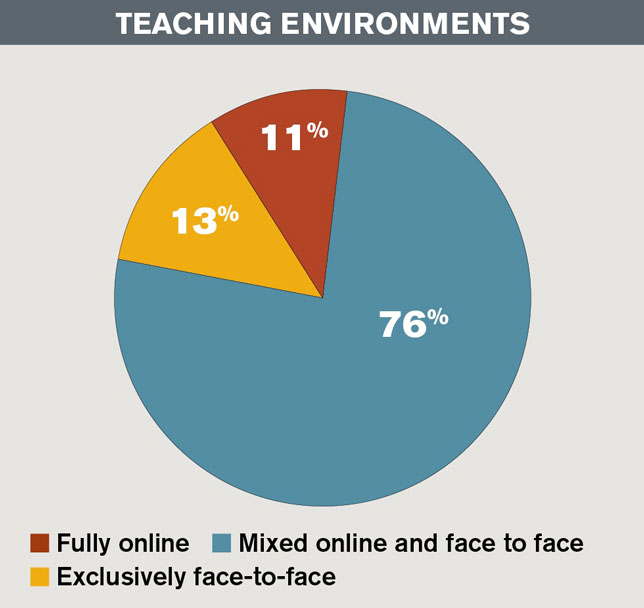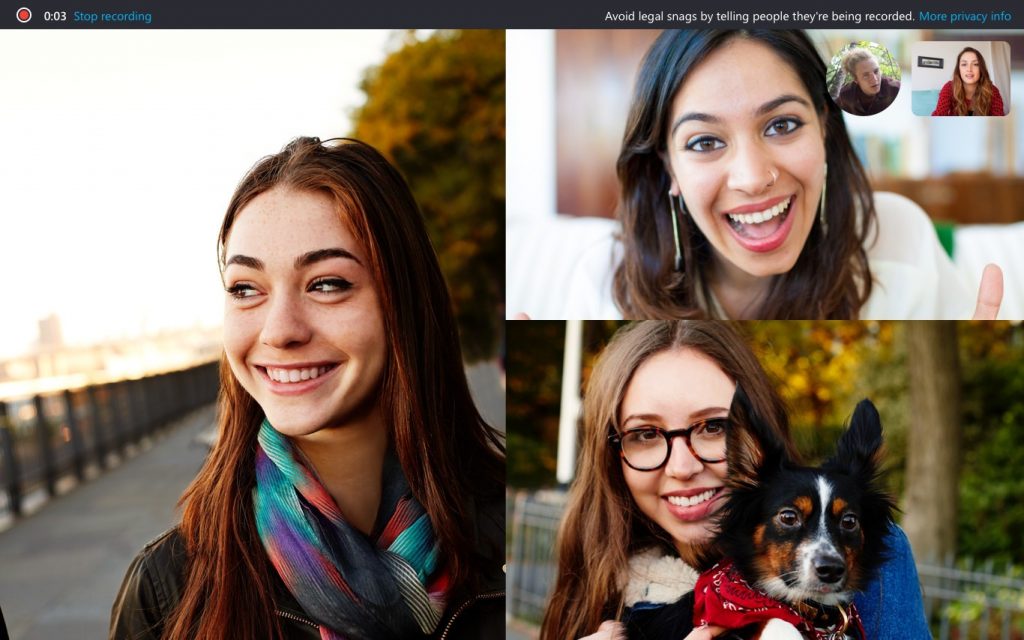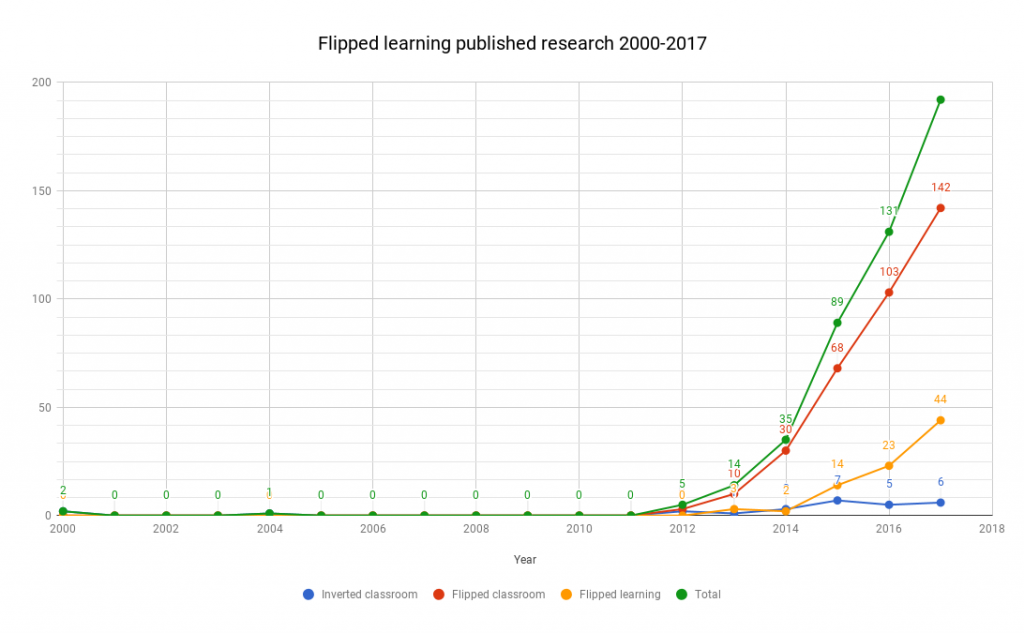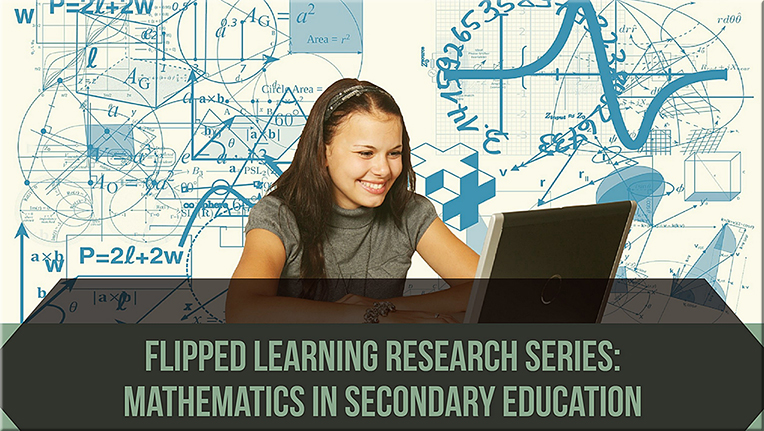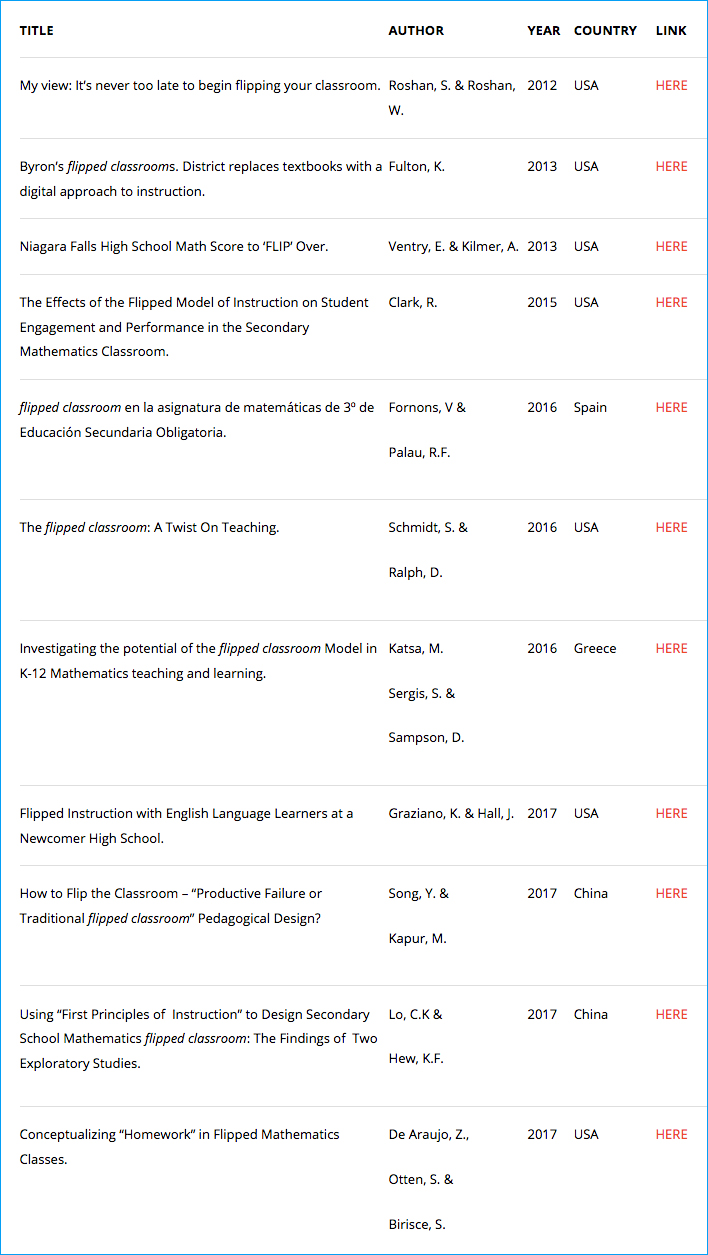FLGI Publishes the Top 100 Educators Leading Flipped Learning in 2018
The Flipped Learning Global Initiative identifies the movement’s leading educators, administrators, and technologists worldwide
CHICAGO, April 16, 2018 /PRNewswire/ — Today, the Flipped Learning Global Initiative (FLGI), a worldwide coalition of educators, researchers, technologists, professional development providers and education leaders, announced the publication of the FLGI 100. The annual list identifies the top 100 K-12 educators who are driving the adoption of the flipped classroom around the world. The list is compiled by the FLGI executive committee – led by Jon Bergmann, Chief Academic Officer and one of the pioneers of the flipped classroom movement. Educators from around the globe are represented, including Flipped Learning practitioners from Brazil, Australia, New Zealand, Italy, China, Taiwan, Spain, the United Kingdom, Turkey, Italy, Korea, Argentina, Iceland, Sweden, India and the United States. FLGI also identified the top 50 Flipped Learning leaders in higher education and the top 50 Flipped Learning administrators and tech coaches worldwide.
“The global Flipped Learning community continues to grow, introducing us to fresh ideas, new innovations, and emerging leaders. The 2018 FLGI Flipped Learning leaders lists include veterans from prior years, and many new names and faces. The FLGI 100 list, along with the two FLGI 50 lists, represent the practitioners who are showing us the connection between Flipped Learning, active learning, and world-class learners,” said Jon Bergmann.
The FLGI Flipped Learning leaders lists are updated annually, and all three lists are published in the April issue of Flipped Learning Review (FLR): the Flipped Learning 3.0 magazine. FLR is the first digital magazine dedicated to covering the ideas and people driving the global Flipped Learning movement. The issue features an insightful interview with one of the leading voices in the Flipped Learning community: Dr. Eric Mazur at Harvard University. Bergmann and Mazur discuss how Flipped Learning has evolved over the last decade and why group space mastery is the next frontier for this instructional model. The April issue also includes the full list of global delegates participating in the project to establish international standards for Flipped Learning. The 2018 FLGI 100 list, the Bergmann/Mazur interview, and the global delegates lists are accessible at http://flr.flglobal.org/
About the Flipped Learning Global Initiative
The Flipped Learning Global Initiative, (FLGI), was created to support the rapidly expanding adoption of Flipped Learning all over the world in countries including China, Taiwan, Spain, UAE, the United Kingdom, Turkey, Italy, Korea, Argentina, Iceland, Sweden, India and the United States. FLGI aims to fill the growing global need for collaboration across borders in three domains: evolving best practices in Flipped Learning, research curation and distribution, and technology selection and implementation.
FLGI serves as a global hub for coordinating, orchestrating and scaling the key elements required to expand Flipped Learning successfully around the world. FLGI is home to the Flipped Learning International Faculty, the Flipped Learning Innovation Center, the Flipped Learning Global Standards project, and Flipped Learning Review (FLR).
For more information, contact: Errol St.Clair Smith, Director of Global Development at 949-677-7381, 193454@email4pr.com or go to www.flglobal.org.
Also see this page, which states:
On Monday, April 16, 2018 The Flipped Learning Global Initiative (FLGI) will publish the 2018 FLGI 100. The annual list identifies the top 100 K-12 educators who are driving the adoption of Flipped Learning around the world. The list is compiled by the FLGI executive committee, led by Jon Bergmann, Chief Academic Officer. Educators from around the globe are represented, including Flipped Learning practitioners from Italy, China, Taiwan, Spain, UAE, the United Kingdom, Turkey, Italy, Korea, Argentina, Iceland, Sweden, India, and the United States. The initiative also identified the top 50 Flipped Learning leaders in higher education and the top 50 Flipped Learning administrators and tech coaches.










